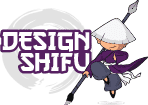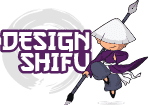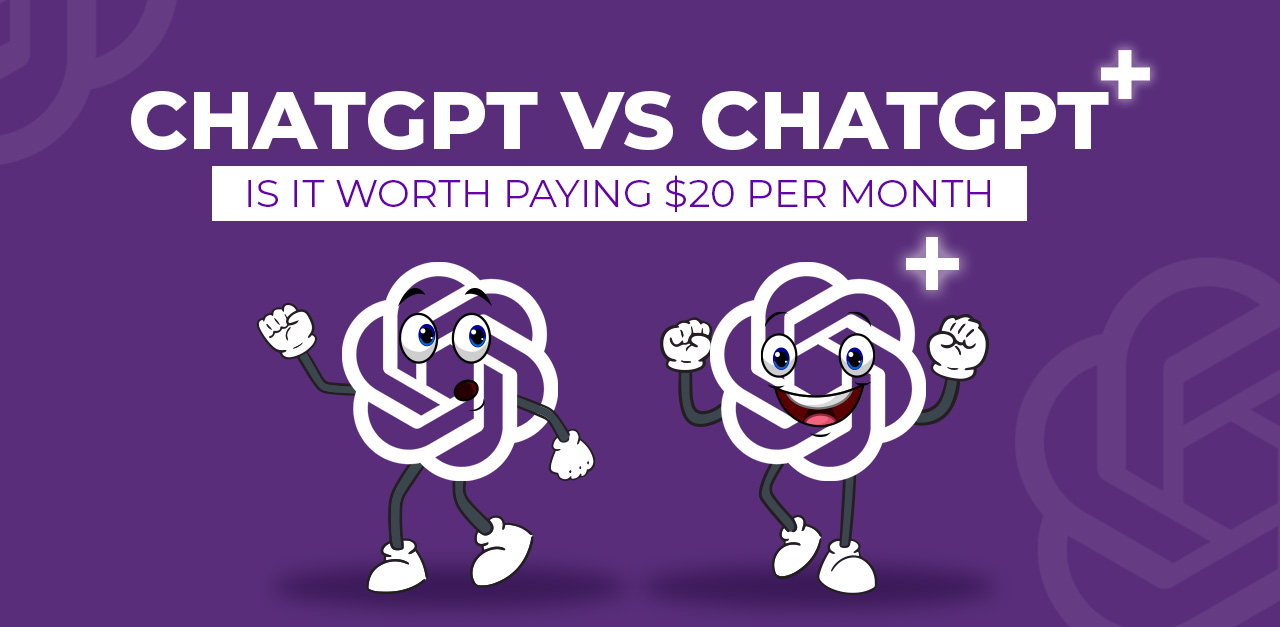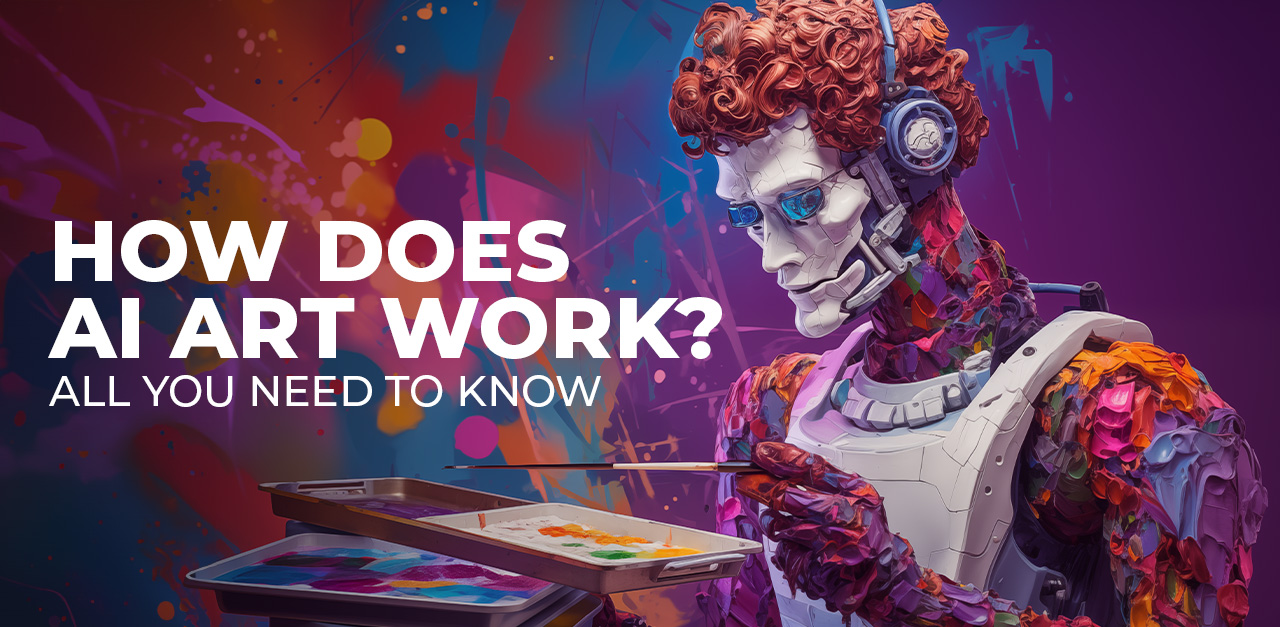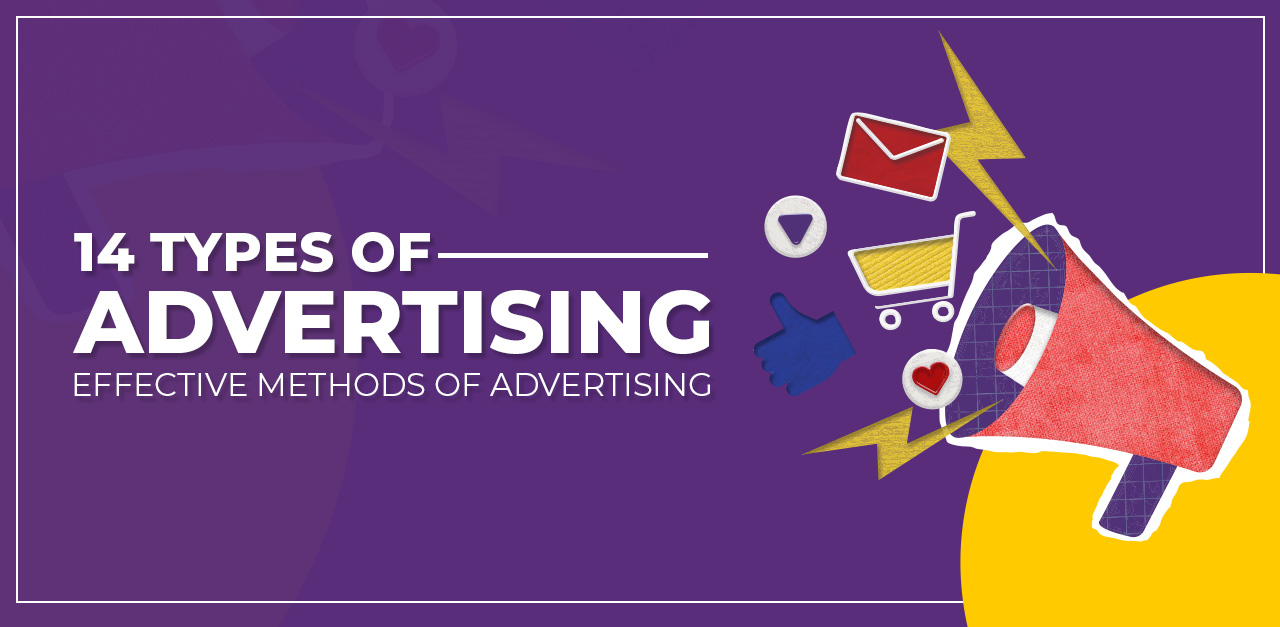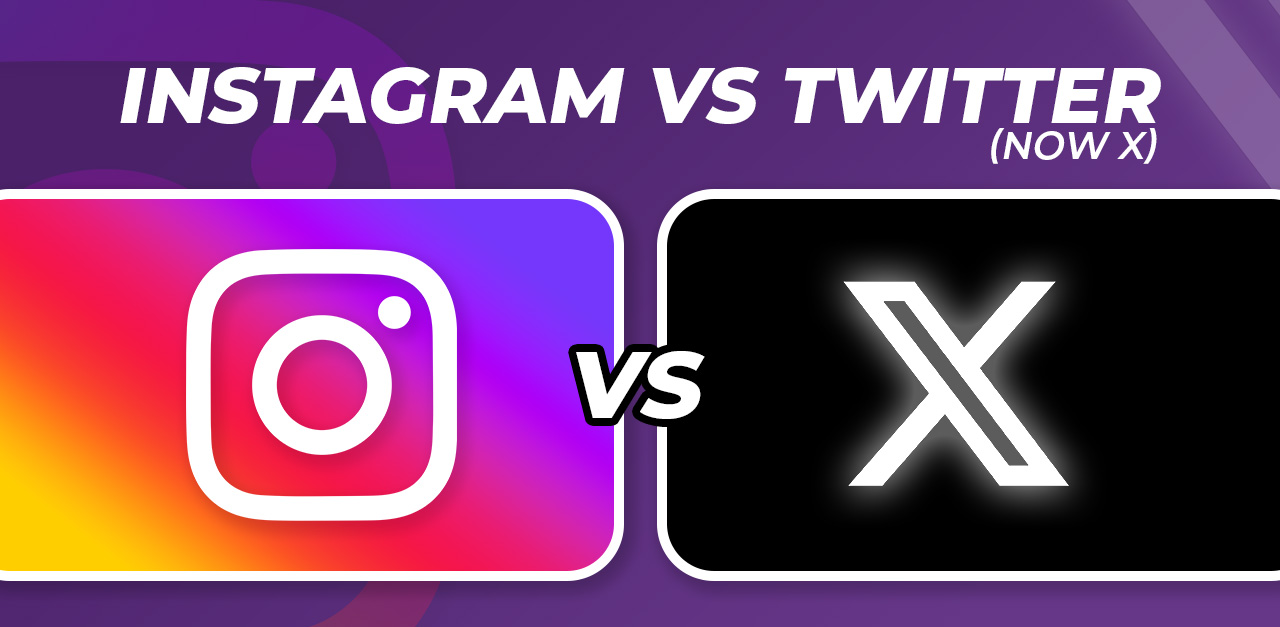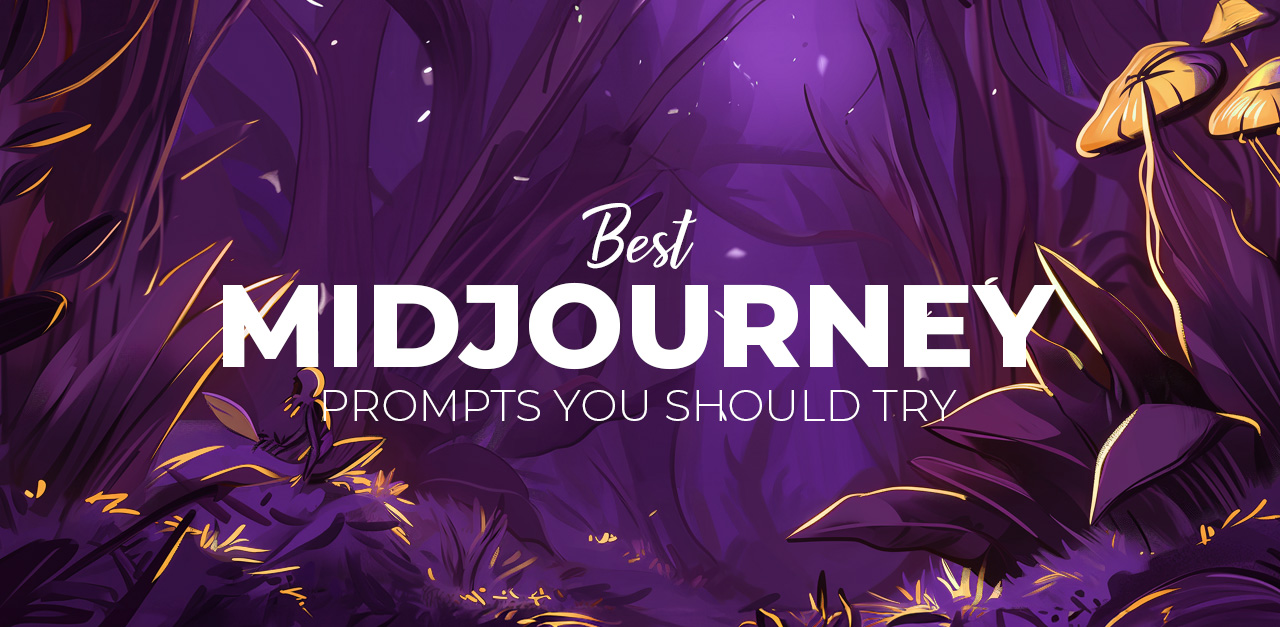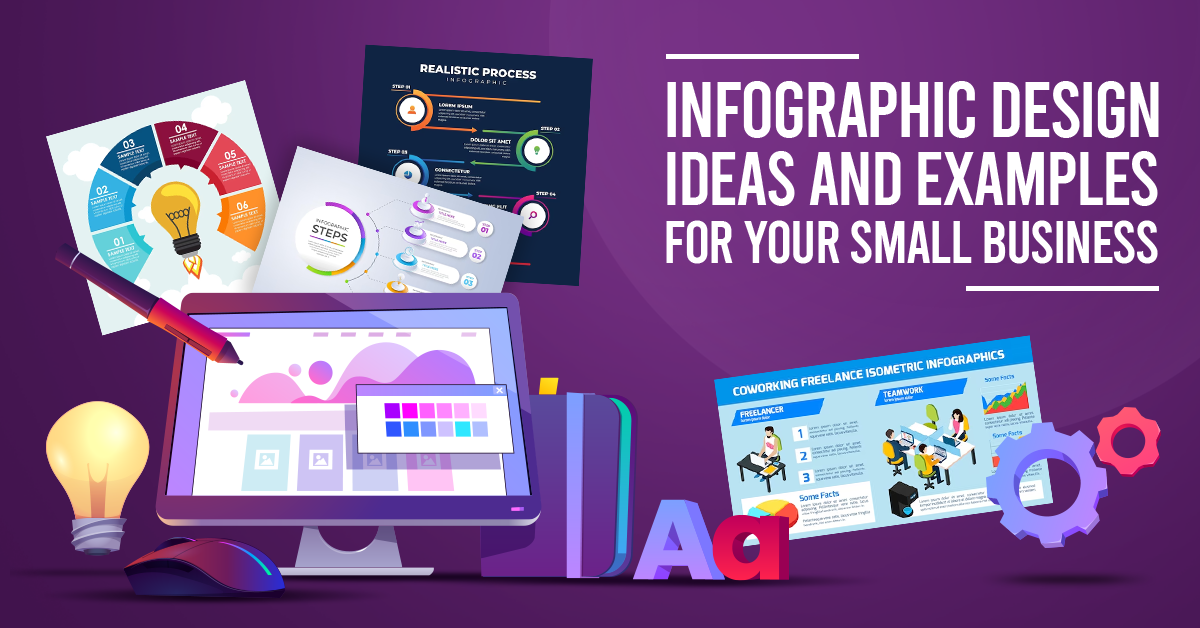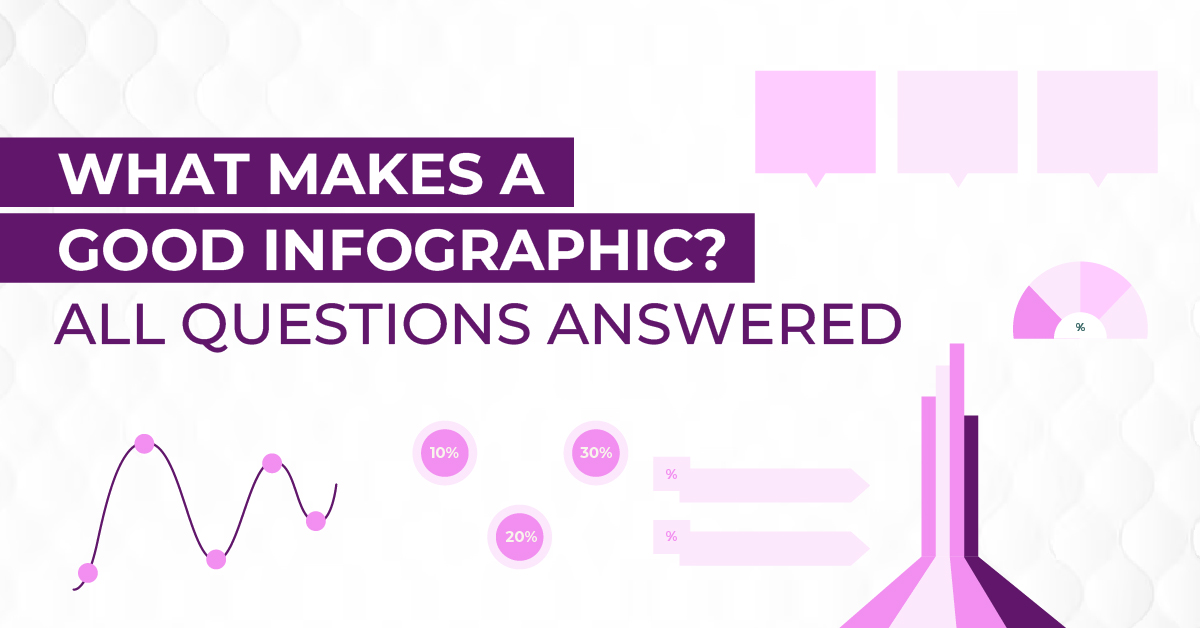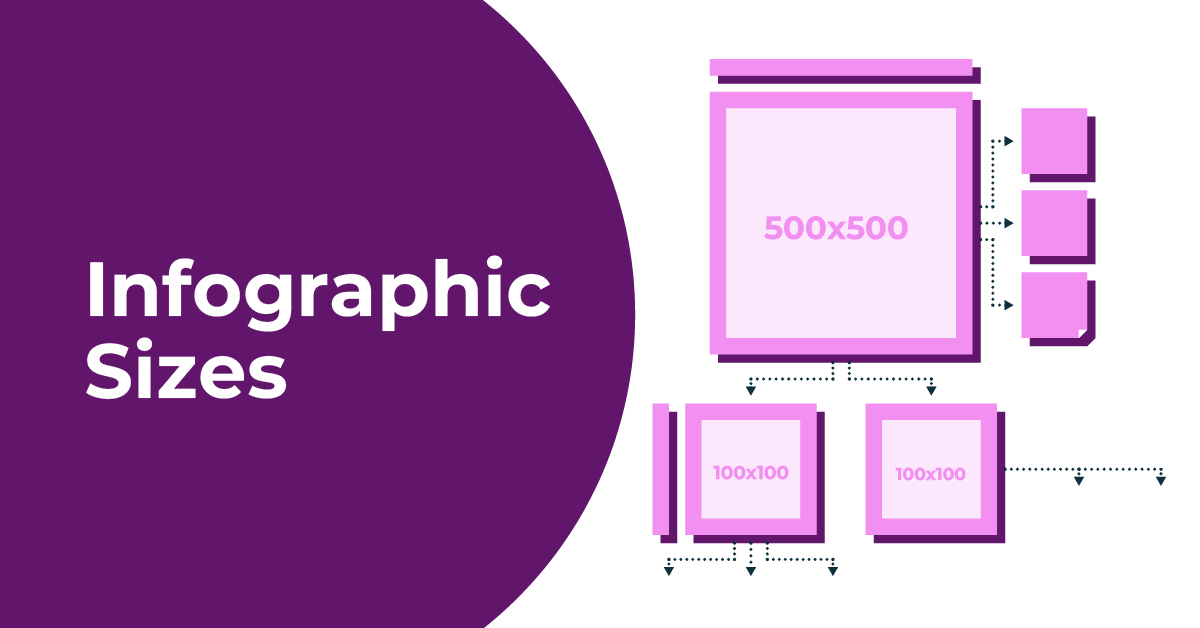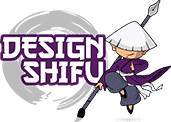
Are you ready to lead your brand into the future of sustainability? It’s more than a trend; it’s a commitment to social responsibility, environmental responsibility, and ethical practices. In 2024, sustainable branding means aligning your business values with global consciousness towards a healthier planet. Consumers are becoming increasingly aware of the impact they have on […]
